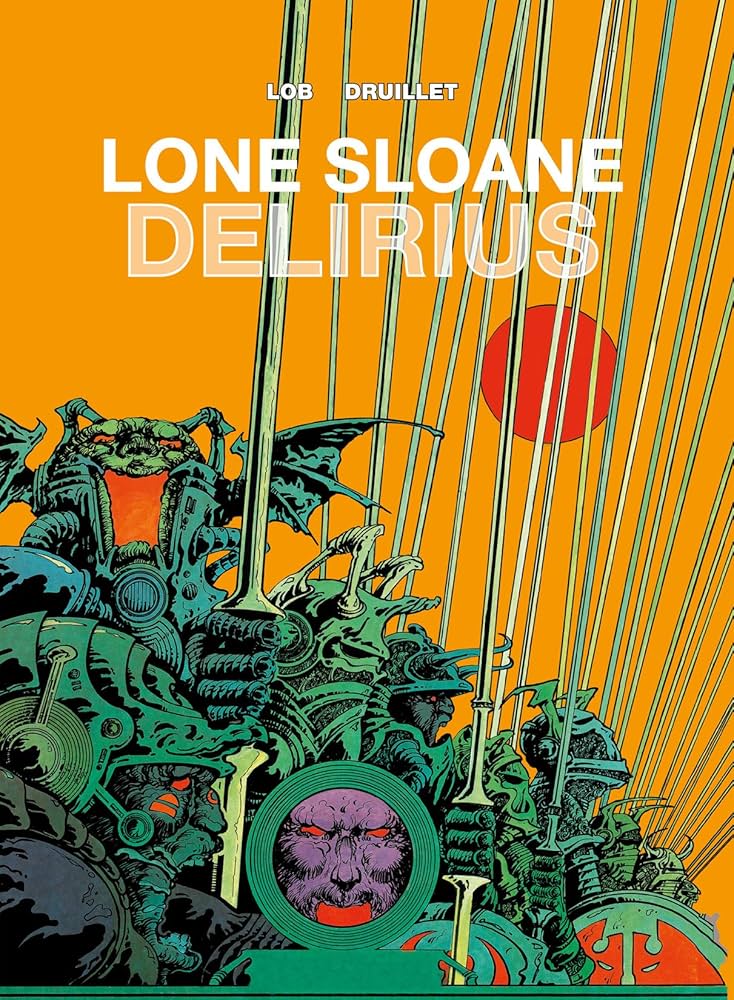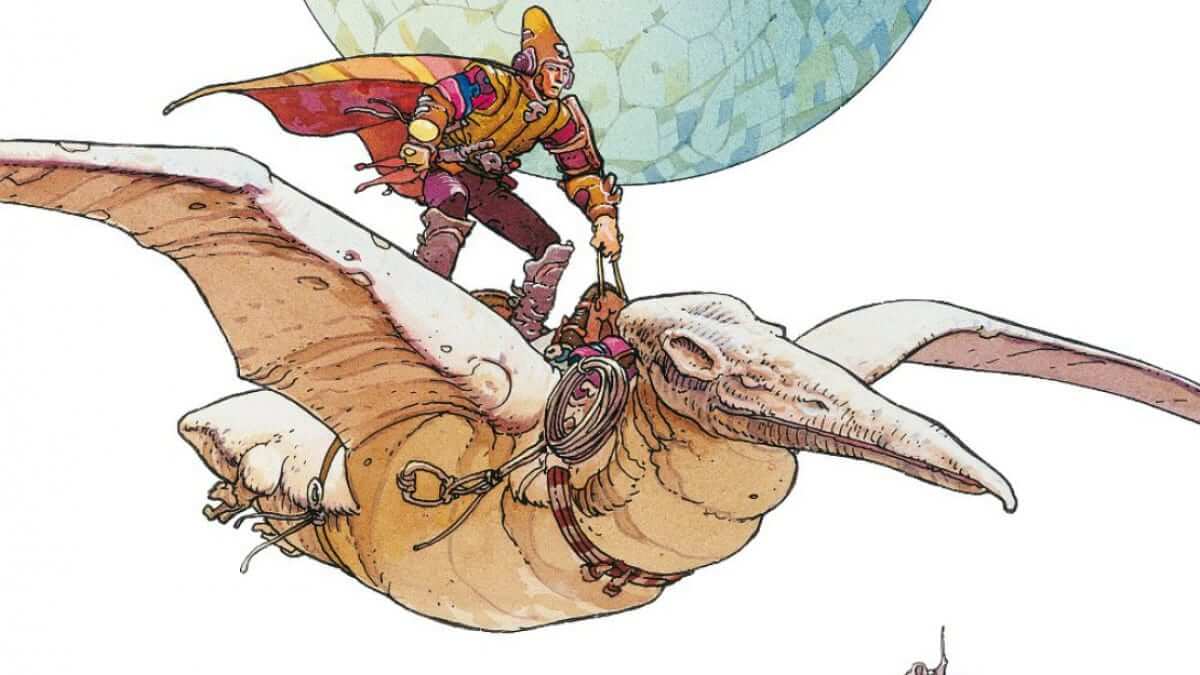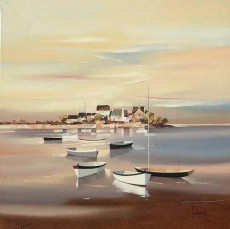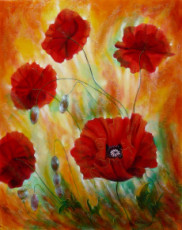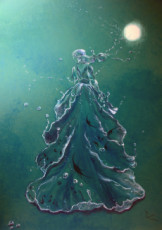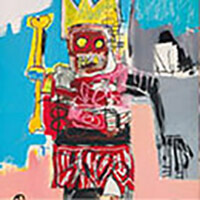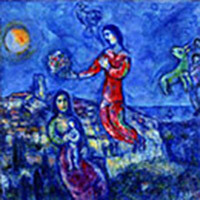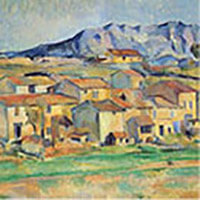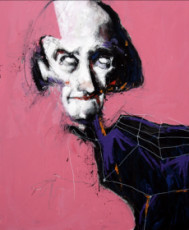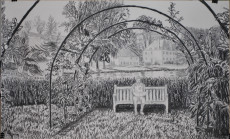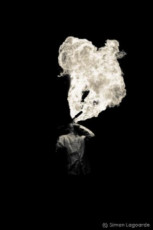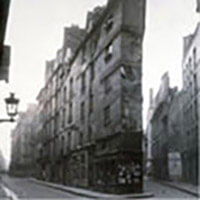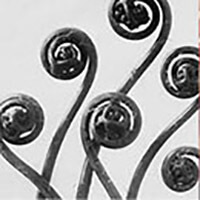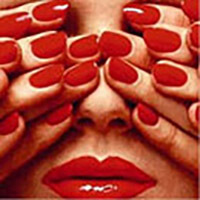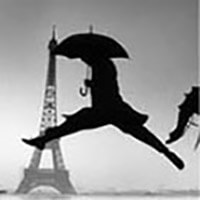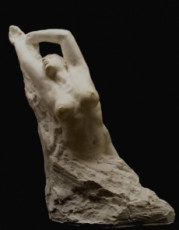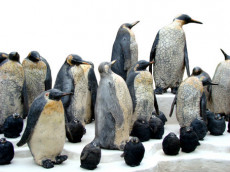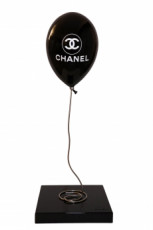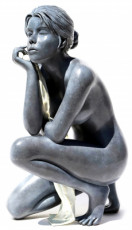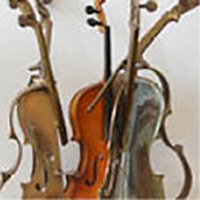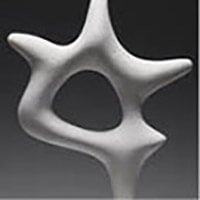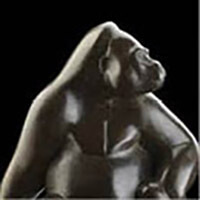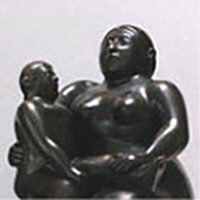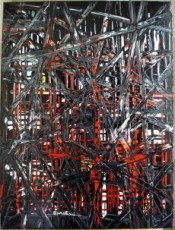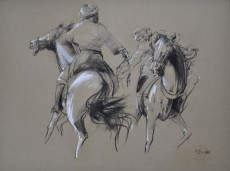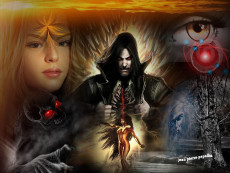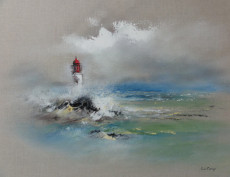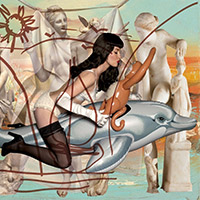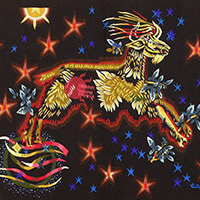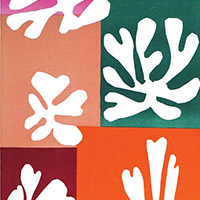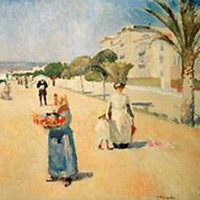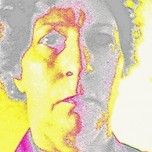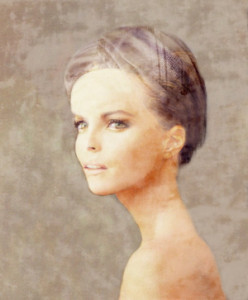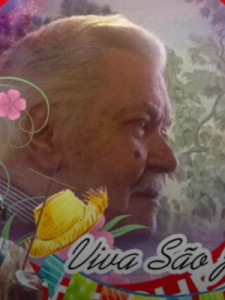
Captured for you in FINE ARTS

Non-perpetual movements
In the 1990s, there was still the generation of Pierre Huygue, Dominique Gonzales-Foerster, Philippe Parreno, Liam Gillick and Carsten Höller. They had lively and fiery verbal exchanges as well as joint projects and collective exhibitions. Of course, there was another movement in 2008, a post-internet movement initiated by Marina Olson, but otherwise? Where have the artistic movements gone? This is the essential question that Nicola Bourriaud asks in the form of a rant in Beaux Arts. He goes on to describe all the modalities of solitude that develop while, paradoxically, economic realism leads artists to share studios and production tools. A way of making individualisms coexist.
Illustration: A studio in Batignoles by Henri Fantin-Latour (1870)
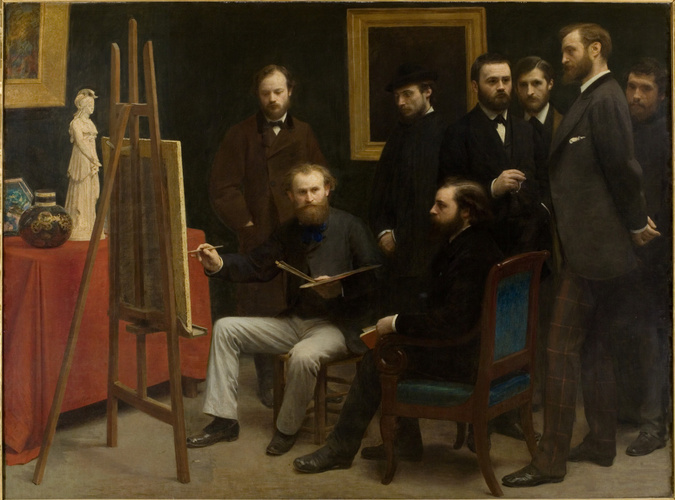
Come as you are
On the occasion of the release of the anthology No advertising by the BETC agency
Is advertising a cultural object in its own right? This is what Rémi Babinet believes in view of the creations of his agency BETC of which he publishes an anthology. Ranked by Forbes among the 10 greatest creative directors of all time, Rémi Babinet rivals American giants like DDB and Ogilvy. His agency was even ranked "Best in the World" by the WARC Creative 100, which are to advertising creation what the Oscars are to cinema. On the occasion of the release of his new agency book in the form of a 1296-page anthology, Babinet takes stock of the place of advertising in society. The object itself offers a free sample of second degree, its flashy orange cover being flanked by the words "No advertising thank you". The man himself has nothing of the clichés of the Madison Avenue adman or of Octave from Beigbeder's 99 francs. He is a living advertisement for one of his most famous slogans, the cult "come as you are" of McDonald's. Father of the Evian babies, he feels a legitimate pride in seeing his offspring still rank fifteen years later at the top of the hit parade of the public's favorite ads. His sequel "Live young" already has 180 million views to date. Having left to teach literature, Rémi Babinet nevertheless devoted his student thesis to Francis Ponge. From the author of The Party of Things, he will certainly have learned that advertising can be seen as a particular form of thing poetry. Is advertising an art for Babinet? He avoids clichés but does not fail to point out that his agency programmed the group Justice very early on in its Panik musical evenings at the Élysée-Montmartre, with the key collaborations born from these meetings between advertisers and musicians. And it is in the same tone that Michel Gondry's intervention, which he had dreamed of for Air France, is mentioned. The ultimate, the kiosk architecture of his 20,000m2 agency houses an 800m2 creation center dedicated to contemporary art residencies and exhibitions open to all. Advertising according to Babinet does not take itself for an art. It is the art of giving visibility to art
Illustration: Lagerfeld poster for the Road Safety Delegation by BETC (2008)
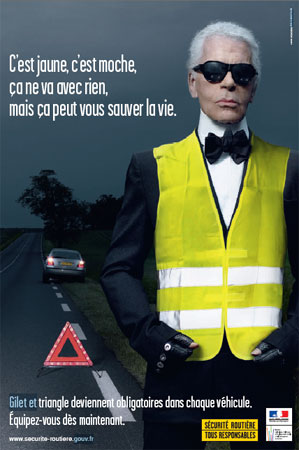
50 years of Métal
On the occasion of the Angoulême comic strip festival dedicated to the 50th anniversary of the magazine Métal Hurlant
To celebrate its 50th anniversary, Métal Hurlant proudly declares itself "already immortal". It is true that this cult comic strip magazine of the seventies and eighties has managed to rise from its ashes twice. A first attempt, a failed attempt, between 2002 and 2004. And a new start with a bang in 2021. Métal was created in 1975 by three defectors from Pilote, Jean-Pierre Dionnet and the two geniuses of the pencil that are and were Philippe Druillet and Jean Giraud. The latter, who soberly signed Gir his cult series Blueberry, took the opportunity to change his identity and transform himself into Moebius at the start of this new adventure. Because the tone was going to be radically different from the one they had helped to perpetuate alongside Goscinny and Uderzo, the creators of the rather wise Asterix. Even if Pilote knew how to be underground and rebellious more than was reasonable, as announced by its provocative slogan "the newspaper that enjoys thinking". But we were nonetheless moving from adolescence to adulthood. The public authorities were not mistaken, who banned the sale of Métal Hurlant to minors in September 1976. Moebius immediately marked the territory of the magazine by registering it in SF from the creation of the cover of issue 1. Bilal, Gal, Corben... Dionnet's underground darlings contributed to the success of Métal at the same time as they affirmed its style. On the graphic level, Métal Hurlant has no equivalent. Alone with Arzach or flanked by the sulphurous Alajandro Jodorowsky for Incal, Moebius refines his style, which was so prolific in his Blueberry years. Druillet, on the other hand, multiplies his own in abundance in Lone Sloane until he explodes the framework of the comic strip. Druillet's advent as editor-in-chief of the magazine opens its doors to new authors from Margerin to Schuiten via Hé, Crespin, Gillon and Got. Little represented in this universe of science fiction and hard rock, the female gender is reduced to a power trio Montellier, Clavelou and Cestac who will commit between 76 and 78 the quarterly Ah! Nana! In addition to their contributions to the collective work of these gentlemen. Science fiction is mixed with detective stories but also becomes even more rock with the arrival of Philippe Manœuvre, which coincides with the release of American, German, Spanish and Italian versions of the title at the start of the 80s, which also saw the arrival of Hugo Pratt and Charles Burns, a pair of remarkable pencil aces. The first death of Métal Hurlant demands to be read, according to Jean-Luc Fromental, one of its last editors-in-chief, as the consequence of its success. Métal was a victim of the gentrification and the officialization of the alternative cultures that it had promoted. And the era was no longer about magazines but about albums. So farewell to smoky newsrooms and welcome to solitary computer screens worthy of a 70s science fiction! But the essential is acquired. The worm of Métal is in the fruit. From Mad Max to Star Wars via Dune and Alien, its influence in cinema proves that the Métal Hurlant style is indeed immortal. Too big for a magazine, however loud-mouthed it may be. To see.
Illustrations: Arzach by Moebius and Lone Sloane by Philippe Druillet
